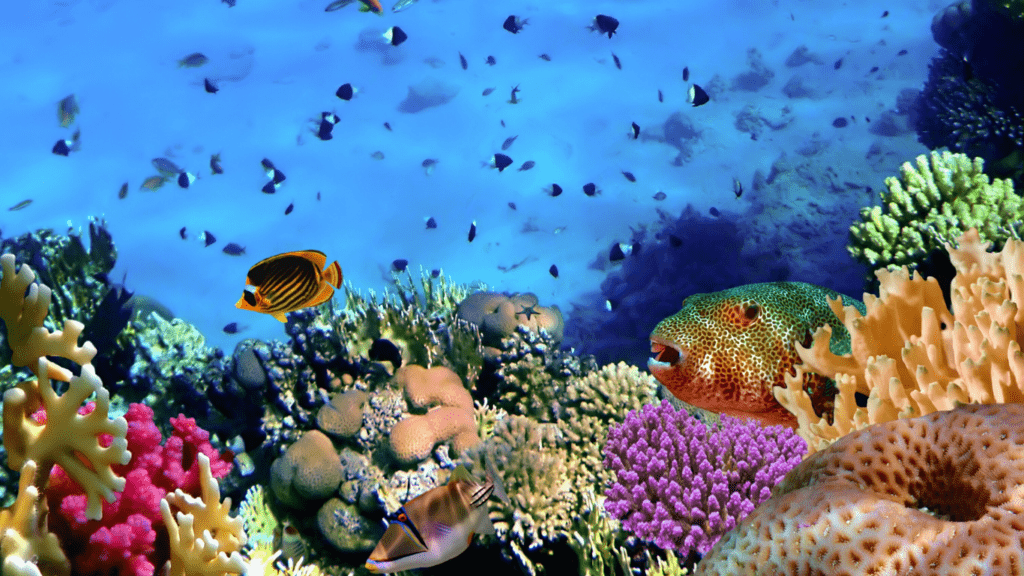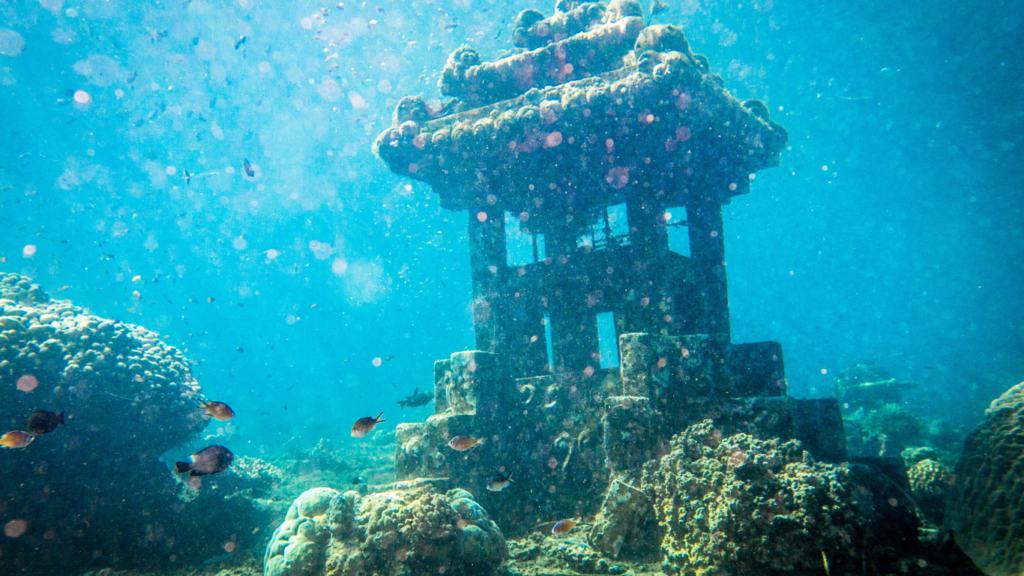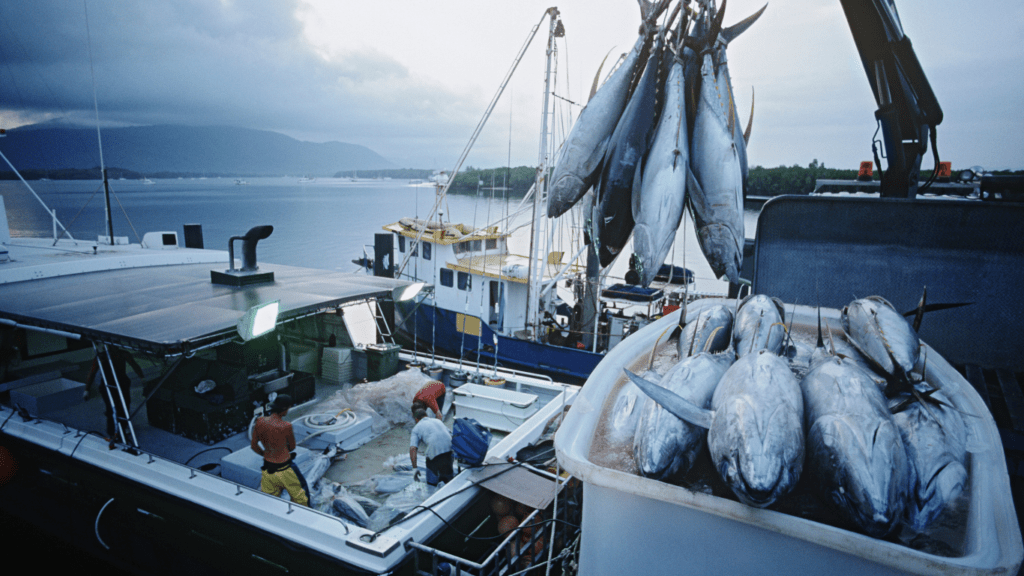The ocean’s delicate ecosystems are under immense pressure from overfishing, pollution, and climate change. Natural coral reefs, often called the rainforests of the sea, are disappearing at an alarming rate, leaving countless marine species without shelter or food. It’s a crisis that demands innovative solutions, and that’s where artificial reefs come into play.
I’ve always been fascinated by how these man-made structures mimic natural habitats, offering a lifeline to marine life. But can they truly restore what’s been lost? Artificial reefs are more than just sunken ships or concrete blocks—they’re carefully designed to encourage biodiversity and support struggling ecosystems. Their potential to rebuild marine habitats sparks hope, but it also raises important questions about their long-term effectiveness and environmental impact.
Let’s dive into the role of artificial reefs and explore whether they can really turn the tide for our oceans.
Understanding Artificial Reefs
Artificial reefs are human-made structures placed on the ocean floor to replicate characteristics of natural reefs. They aim to provide habitat, protection, and breeding grounds for marine organisms.
What Are Artificial Reefs?
Artificial reefs are typically constructed from materials like concrete, steel, or specially designed reef modules. In some cases, decommissioned ships, submerged vehicles, or repurposed oil rigs also serve this purpose. These structures attract marine life, including fish, coral, and algae, by creating complex surfaces that organisms can colonize. Their design often mimics natural ecosystems to foster biodiversity while supporting ecological balance.
Historical Context And Development
The concept of artificial reefs dates back centuries. Ancient records show fishermen in Japan using bamboo structures to increase fish populations as early as the 17th century. In modern times, artificial reefs gained attention during the mid-20th century as a response to declining fish habitats. Governments and organizations began investing in large-scale projects, driven by the goal of restoring marine biodiversity and mitigating damage caused by human activities. Innovations in reef design, like eco-friendly materials and customizable units, have further advanced their development since the 1990s.
Importance Of Marine Habitats
Marine habitats play a critical role in maintaining oceanic biodiversity, supporting millions of species, and providing essential ecological and economic benefits to human populations.
The Decline Of Natural Reefs
Natural reefs, particularly coral reefs, have been rapidly declining due to anthropogenic pressures like:
- overfishing
- pollution
- warming ocean temperatures
According to the Global Coral Reef Monitoring Network, nearly 14% of the world’s coral reefs were lost between 2009 and 2018. Coral bleaching, caused by elevated sea temperatures, is a major contributor to this loss. Declining reef health impacts keystone species, such as parrotfish and sea turtles, which rely on these ecosystems for survival. Sedimentation from coastal development exacerbates damage by smothering corals, further accelerating habitat degradation.
Environmental And Economic Consequences
The deterioration of marine habitats directly threatens ecological balance and global economies. Coral reefs, for example, act as nurseries for approximately 25% of all marine species. Their loss disrupts food chains, leading to reduced fish populations, including commercially important species like grouper and snapper. Economically, degraded reefs jeopardize industries like fishing and tourism, which generate over $36 billion annually in global revenue. Additionally, weakened reefs provide less natural protection against coastal erosion and extreme weather, putting coastal communities at higher risk of flooding and storm damage.
Benefits Of Artificial Reefs

Artificial reefs offer substantial ecological and economic advantages, addressing the challenges of declining natural reefs. By creating habitats in areas affected by degradation, they contribute to restoring ocean ecosystems and surrounding communities.
Promoting Marine Biodiversity
Artificial reefs enhance biodiversity by providing:
- shelter
- food
- breeding grounds
for marine organisms. Structures replicate natural reef complexities, attracting species like coral, fish, mollusks, and crustaceans. For example, studies show steel or concrete reefs can host up to 400 species in tropical regions within a few years. This biodiversity contributes to resilient ecosystems and aids the survival of keystone species.
Supporting Local Fisheries And Tourism
Artificial reefs boost fisheries’ productivity by increasing fish stock and replenishing depleted populations. Species such as snapper and grouper thrive in these environments, benefiting commercial and subsistence fishing. Additionally, their presence supports marine-based tourism by attracting divers, snorkelers, and eco-tourists. In Florida, dive tourism revenue linked to artificial reefs exceeds $3 billion annually.
Protecting Shorelines
Artificial reefs reduce coastal erosion by dissipating wave energy, functioning as natural barriers. This helps protect shorelines from storm surges and flooding. For instance, reefs placed near tropical coasts have decreased storm-related damage by up to 70%, safeguarding infrastructure and reducing restoration costs for vulnerable communities.
Challenges And Concerns
Artificial reefs present promising benefits, but they also come with significant concerns that require careful evaluation. These challenges span environmental, ethical, and maintenance-related issues.
- Environmental Risks
Artificial reefs can cause unintentional harm to marine ecosystems if poorly designed or implemented. Some materials used, like tires or improperly treated metals, release toxins into the water, affecting water quality and marine life. Additionally, artificial reefs may inadvertently alter natural water currents, leading to sedimentation or erosion of nearby habitats. Overcrowding of marine species around these structures can also disrupt ecological balance, impacting predator-prey dynamics.
- Ethical Considerations
Artificial reefs bring ethical challenges surrounding their placement and long-term impact on native species. Deploying reefs in ecologically sensitive areas raises concerns about endangering fragile ecosystems. There’s potential for inadvertently introducing invasive species that exploit artificial reef habitats, overwhelming native ones. Using artificial reefs as a disposal method for waste materials like decommissioned ships, marketed as conservation efforts, has also sparked scrutiny among environmentalists.
- Maintenance And Longevity
The durability of artificial reefs depends on the materials used and prevailing environmental conditions. Without proper maintenance, structures may degrade, collapsing and dispersing debris across the seafloor. Corrosion in metal-based reefs or biofouling by organisms like barnacles weakens their integrity over time. Ensuring longevity requires significant financial and logistical investment, prompting concerns about their practicability for long-term conservation solutions.





